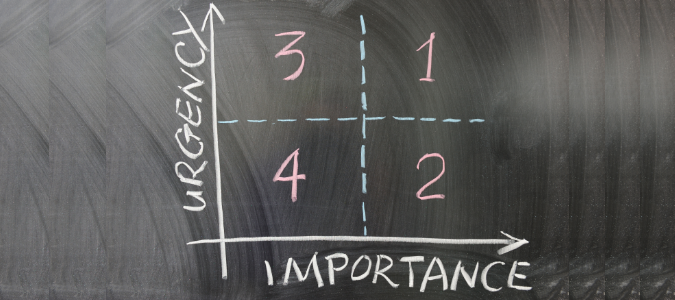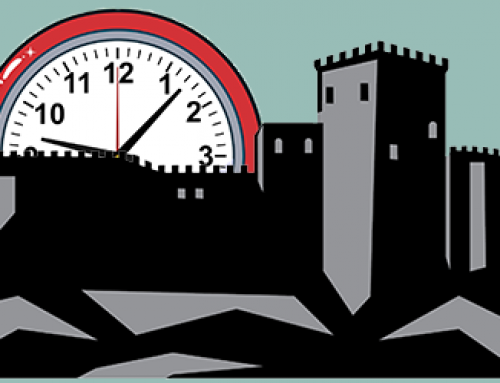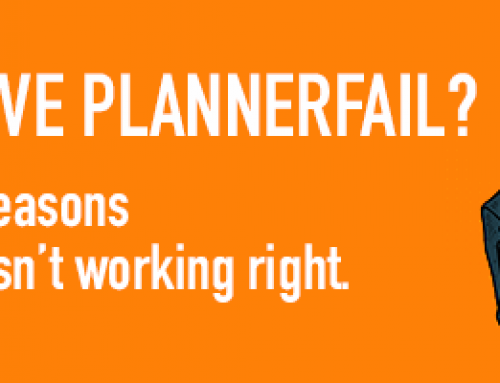How do you organize? Do you write lists?
Many people do. Lists are very helpful ways for capturing your information and all the ideas and things that you need to do. After you write the list, what do you do next? The next step in getting organized is prioritizing your list.
What is the purpose of prioritizing?
Prioritizing is the process of determining what is most important. While at first glance you may be tempted to make everything a “high” or “urgent” priority, be cautious. If everything is urgent, then everything loses its urgency. If everything is important then nothing is most important.
You can lose a lot of productive time shifting gears and scanning up and down your list.
Increase your effectiveness with PlanPlus Online.
A productivity system for leaders.

We recommend using the A,B,C, 1,2,3 method of prioritizing.
In this method you go through the list twice; once to allocate an A, B, or C to each of your items and a second time through your list to allocate a sequence (1,2,3…) within each of the priorities.
You can use this criteria for setting your A, B, or C priority:
A- Vital: These are items that are critically important to get done. There may be significant consequences for not completing these items on this day. These would be tasks that would cause you to stay late to finish. Be cautious of using the “A” priority too often as A priority tasks will keep you in the firefighter mode frequently.
B-Important: While these tasks are certainly important and should definitely get done, if they slip by a day or two there may not be a significant consequence. If you are able to get to your B priority tasks each day, chances are you are operating in a productive state.
C-Optional: These are the activities that are “nice to haves” or may be related to projects that have deadlines far off into the future.
Practicing disciplined prioritizing is a skill that takes practice. Even the most organized people can use practice and you can always get better. Your values and your goals will influence your priorities and may be different at work or at home or in another context.
Try to challenge yourself to be cautious in the use of allocating an A priority to everything and push yourself to quickly get through your A priorities so you can spend more time on your B’s.






